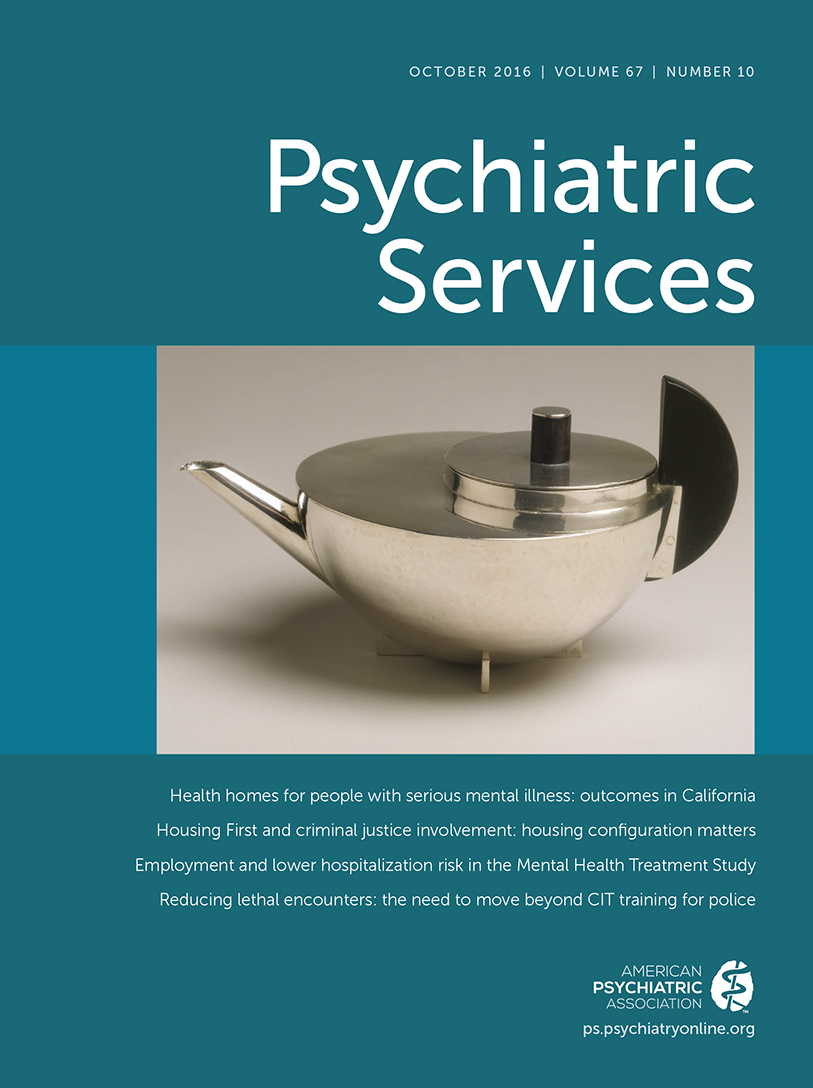Development and Validation of a Computerized-Adaptive Test for PTSD (P-CAT)
Abstract
Objective:
The primary purpose was to develop, field test, and validate a computerized-adaptive test (CAT) for posttraumatic stress disorder (PTSD) to enhance PTSD assessment and decrease the burden of symptom monitoring.
Methods:
Data sources included self-report and interviewer-administered diagnostic interviews. The sample included 1,288 veterans. In phase 1, 89 items from a previously developed PTSD item pool were administered to a national sample of 1,085 veterans. A multidimensional graded-response item response theory model was used to calibrate items for incorporation into a CAT for PTSD (P-CAT). In phase 2, in a separate sample of 203 veterans, the P-CAT was validated against three other self-report measures (PTSD Checklist, Civilian Version; Mississippi Scale for Combat-Related PTSD; and Primary Care PTSD Screen) and the PTSD module of the Structured Clinical Interview for DSM-IV.
Results:
A bifactor model with one general PTSD factor and four subfactors consistent with DSM-5 (reexperiencing, avoidance, negative mood-cognitions, and arousal), yielded good fit. The P-CAT discriminated veterans with PTSD from those with other mental health conditions and those with no mental health conditions (Cohen’s d effect sizes >.90). The P-CAT also discriminated those with and without a PTSD diagnosis and those who screened positive versus negative for PTSD. Concurrent validity was supported by high correlations (r=.85–.89) with the validation measures.
Conclusions:
The P-CAT appears to be a promising tool for efficient and accurate assessment of PTSD symptomatology. Further testing is needed to evaluate its responsiveness to change. With increasing availability of computers and other technologies, CAT may be a viable and efficient assessment method.



